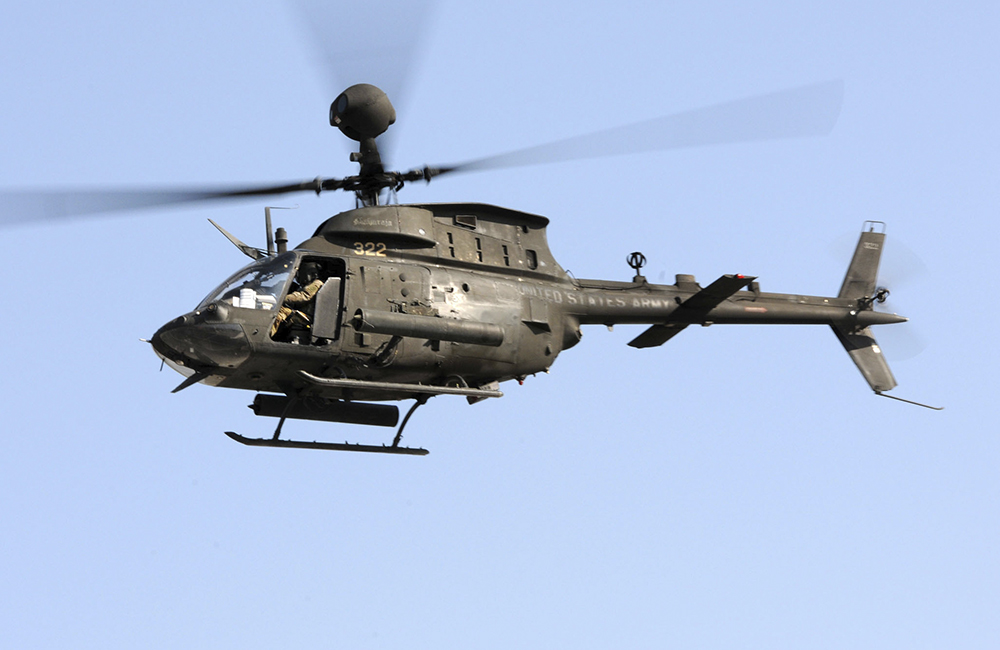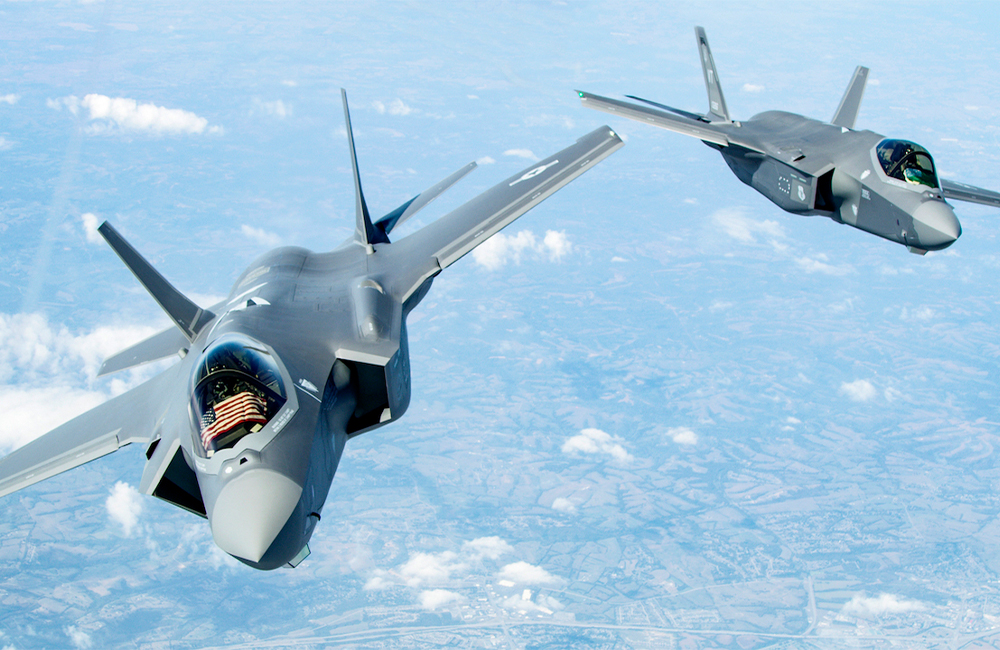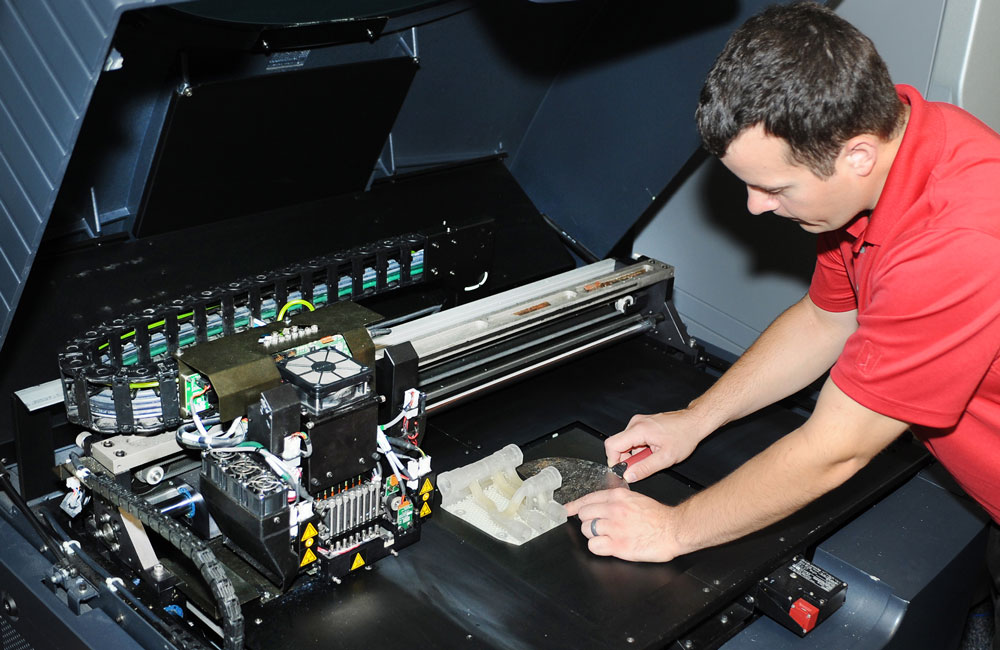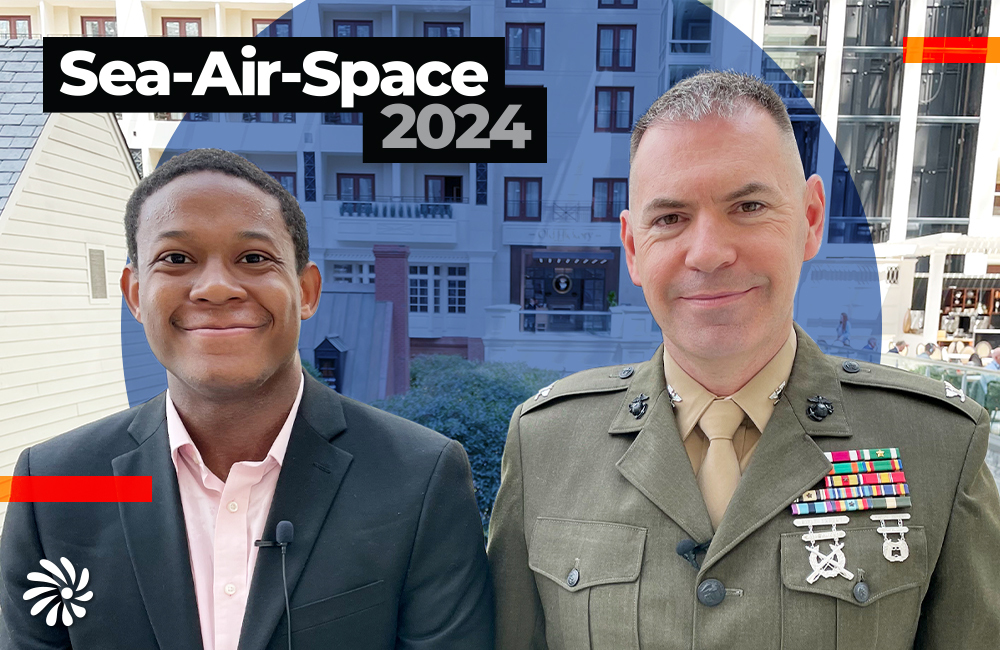Pentagon: Data Management, Workforce Growth Key to Winning Future Conflicts
Reducing technical debt, ensuring zero trust cybersecurity across all connected systems, and developing a strong data foundation will be critical for winning future conflicts.

Technology will be critical for future conflicts, top Pentagon IT leaders said at the 2022 Intelligence and National Security Summit Thursday.
Tackling data management, technical debt, and workforce issues are the necessary first steps to ensuring the Defense Department is “prepared” for “the next fight,” according to Deputy CIO Kelly Fletcher and CDAO Craig Martell.
“We have decades of technical debt and we need to address that immediately,” Fletcher said during a panel at the summit. “We know data is going to be a critical portion of that in a way it hasn’t before. Using data to drive decisions is going to be critical in the next fight.”
These Pentagon IT objectives require a strong data foundation, followed by metrics and then by analytic capacities, Martell said.
“Once you have those in place, I think AI is going to flourish,” he said. “Data is going to help battlefield decisions. How do we make AI model decisions at the tactical edge in a contested environment where we have very little access to the cloud? These are really important questions to drive the AI value we need.”
Enabling the necessary data decision-making and interoperability capabilities for future conflicts also requires a zero trust approach to cybersecurity.
“It’s a cultural change,” Fletcher said. “We can’t buy zero trust with one tool. This is how we run the network, it’s how we defend the network and the suite of tools that we have and where we deploy them.”
Another cybersecurity priority for DOD OCIO is addressing known vulnerabilities on the network. Fletcher said cybersecurity “frankly hasn’t been great recently,” but added that OCIO is partnering with A&S to ensure zero trust is in place across all DOD systems.
“Executive leadership is really passionate about shoring up vulnerabilities in our systems,” she said. “it’s just a matter of choosing to prioritize getting after vulnerabilities instead of providing a capability. It’s really a question of priorities.”
Workforce challenges threaten to hinder these initiatives. In addition to the cybersecurity workforce shortage, DOD also struggles to compete with Silicon Valley for top data and AI talent.
Martell and Fletcher believe telework flexibility and an improved user experience can go a long way to attract good talent.
“We shouldn’t be trying to go back to pre-pandemic work life,” Martell said, who called into the summit remotely from his family’s home in California. “Once we discovered work-from-home and the flexibility that allows and taking care of your children, I have a hard time imagining going back to that. I personally think it’s a mistake to go back to that. At DOD we have to do some things in person, so for my workforce, I’m encouraging folks to figure out, are there resources near them that allow them to be (in person) when they need to be? My promise to them is I will be in the building when I need to be and with my family as much as I can be, and that’s my expectation as well.”
The user experience for Pentagon employees can also be lacking, which discourages new hires from pursuing defense work.
“Sometimes when I walk around the Pentagon people will stop me and show me their phones and how their email isn’t working,” Fletcher said.
Martell wants DOD to compete with Silicon Valley by phasing out the “hire to retire” workforce model. The Pentagon shouldn’t expect employees to stick around for decades, he said. That mindset is hurting DOD’s attempts attract top talent.
“If we do our job right, we will make [employees] more marketable after they leave,” he said. “If we can give them hard problems they can sink their teeth into, when they go back to industry they’ll have greater skills. I want people to grow as much as possible so industry wants them even more at the end, why? Because that will encourage more people to come in to do tours of duty (at DOD). That’s the only way we’re going to be able to compete with Silicon Valley.”
This is a carousel with manually rotating slides. Use Next and Previous buttons to navigate or jump to a slide with the slide dots
-

CDC Updates Public Health Data Strategy
Accelerating data sharing through capabilities like electronic case reporting make up a large portion of the new two-year plan.
3m read -

Joint Navy-Air Force Simulator Expanding Digital Fighter Jet Training
A joint facility with the services wants to replicate its F-35 digital simulator technology across the Defense Department.
5m read -

Navy Invests in Additive Manufacturing Workforce to Match Pentagon Strategy
DOD issued its Additive Manufacturing Strategy in 2021 to integrate with the private sector and create agile uses of the technology.
5m read -

Sea-Air-Space: Marine Innovation Unit Bridges Defense and Commercial Tech
Commanding Officer Col. Brooks Braden said the office is focused on how to innovate using available resources in the Marine Corps.
10m watch




